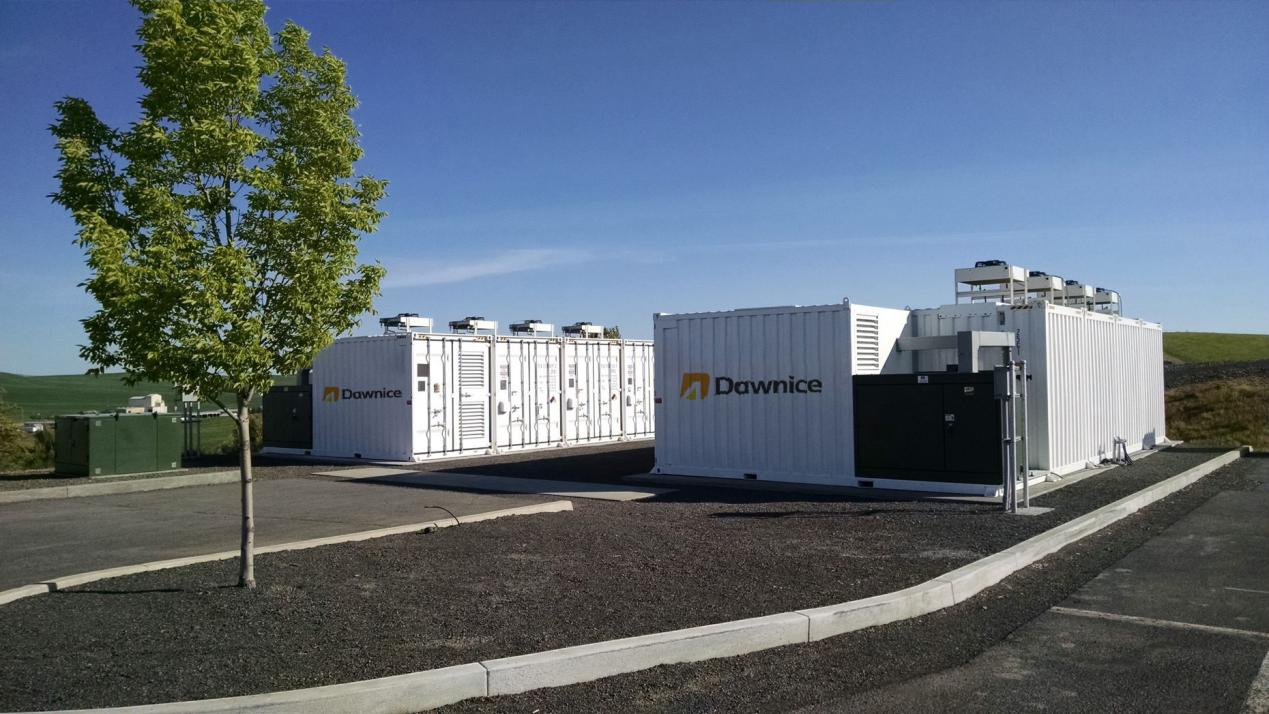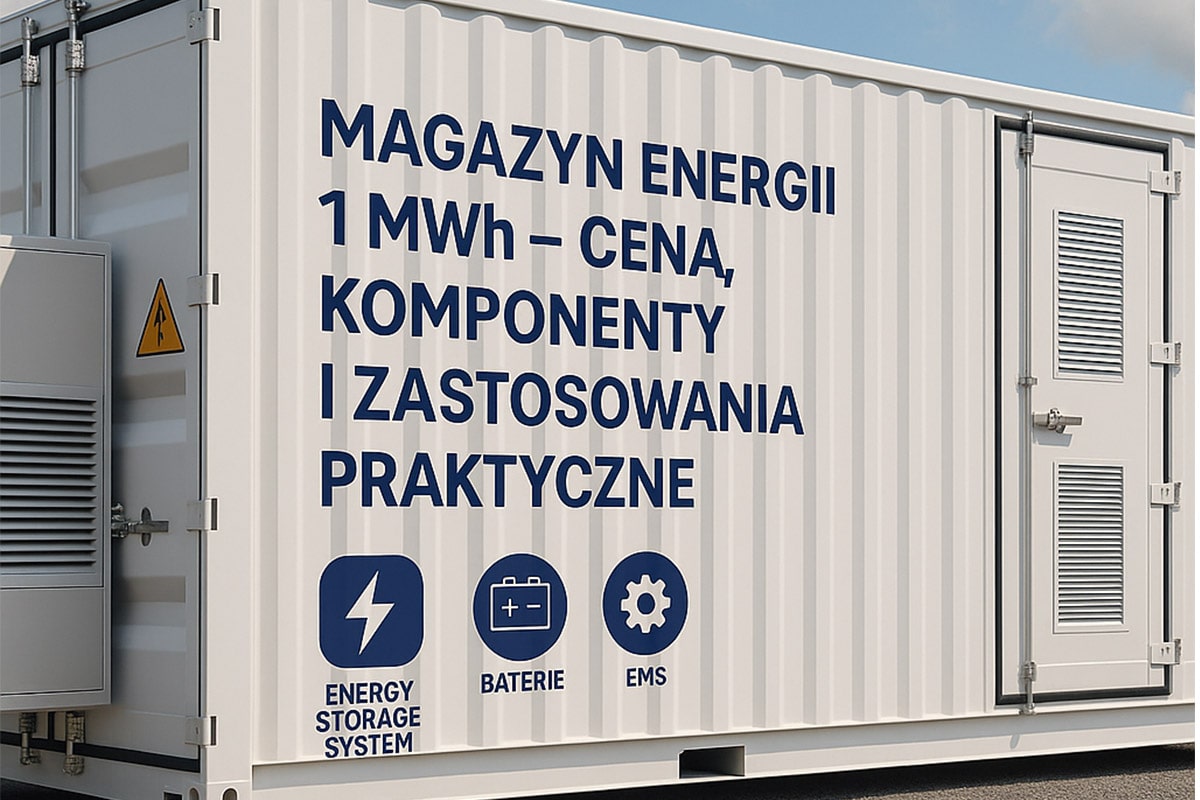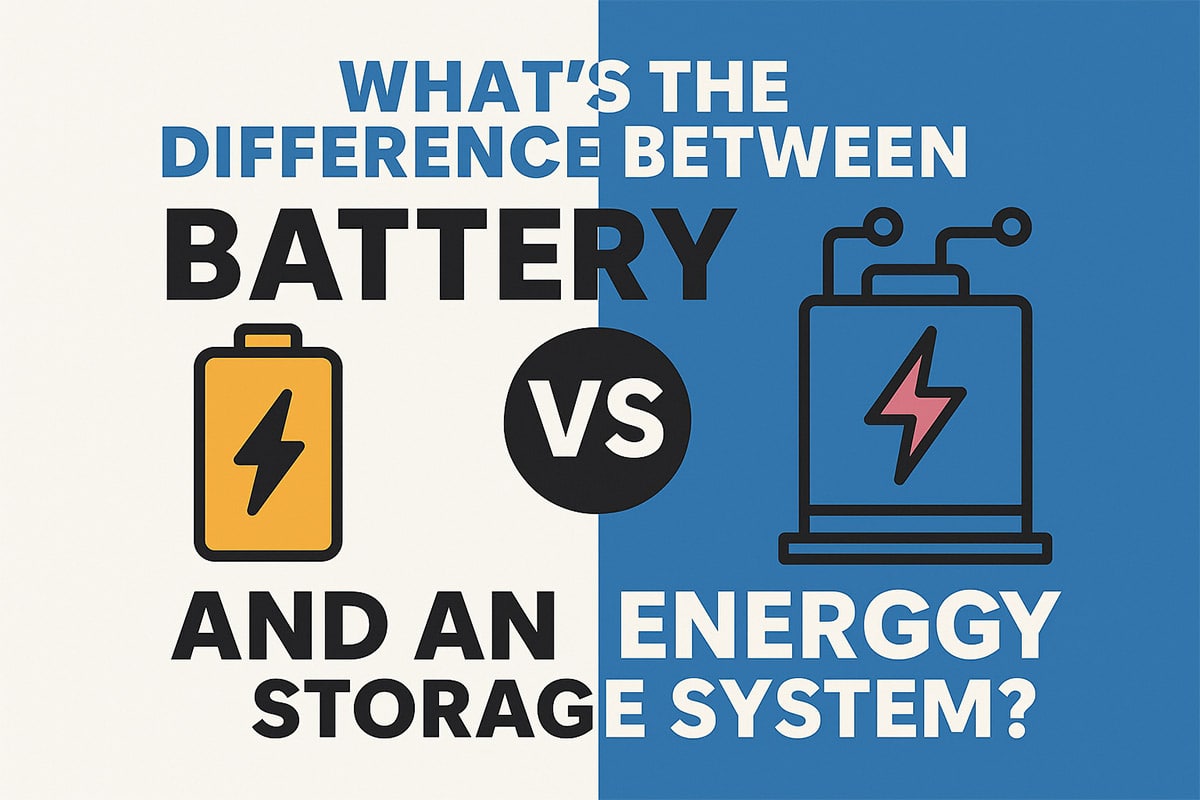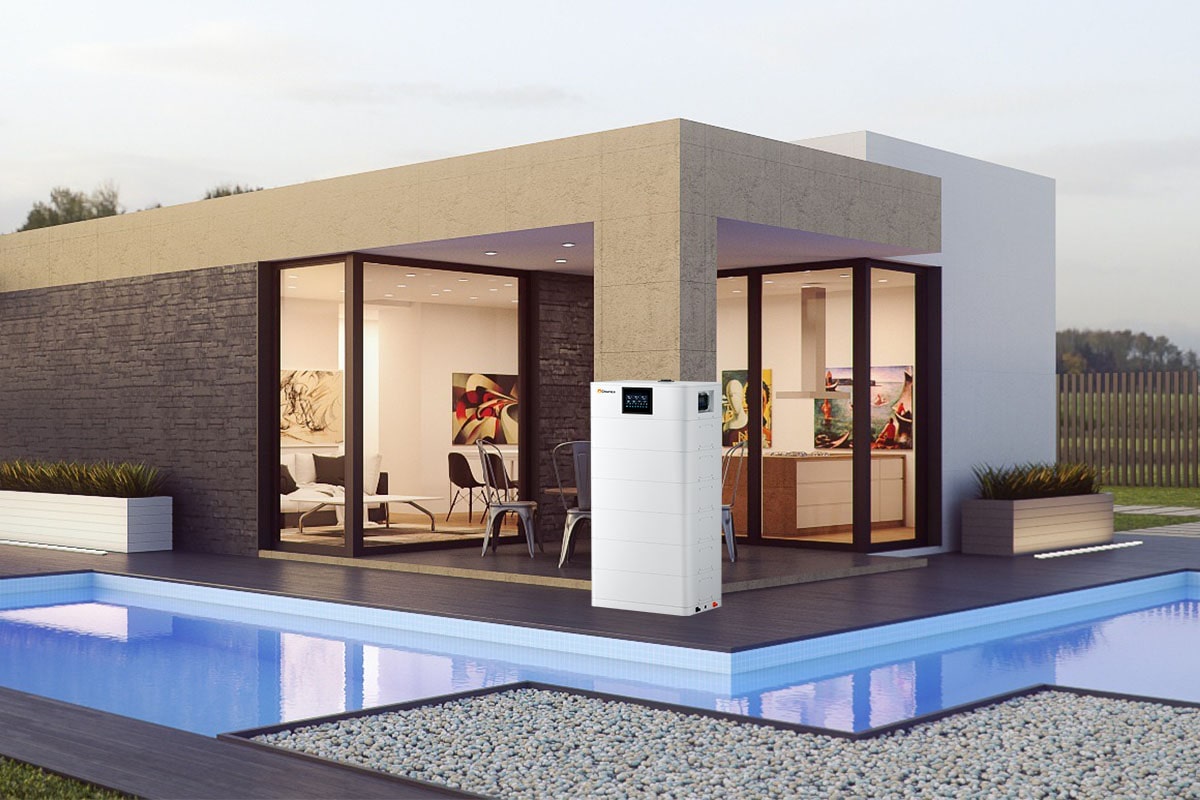What Are the Components of A Battery Energy Storage System
What Are the Components of A Battery Energy Storage System
What Are the Components of A Battery Energy Storage System?
The lithium battery energy storage system is a comprehensive product involving multiple disciplines, in which the related technologies of electrochemistry, thermodynamics, mechanics and electronics are applied. In simple terms, it is a product that absorbs, stores and releases energy in the form of electricity. The battery energy storage system is mainly composed of battery system, PCS converter system, battery management system BMS, energy management system EMS, monitoring system, etc. The following is a detailed understanding of the components of the energy storage system.

1. What is an energy storage system?
When analyzing the energy storage process, some objects or space ranges drawn in order to determine the research object are called energy storage systems. It includes energy and material input and output, energy conversion and storage equipment. An energy storage system often involves multiple energies, multiple devices, multiple substances and multiple processes. It is a complex energy system that changes with time, and requires multiple indicators to describe its performance. Commonly used evaluation indicators include energy storage density, energy storage power, energy storage efficiency, energy storage price, and environmental impact.
2. What aspects are included in the battery energy storage system?
The composition of the energy storage system mainly includes battery system, PCS converter system, box transformer system (if any), station transformer system (if any), energy management system and monitoring system (SCADA system), primary and secondary cables, etc.
(1) Battery system
We know that the current energy storage methods are mainly divided into three categories: physical energy storage (pumped energy storage, compressed air energy storage, flywheel energy storage, etc.), chemical energy storage (lead-acid batteries, redox flow batteries, sodium-sulfur batteries, lithium ion battery) and electromagnetic energy storage. Due to economical and application scenarios, chemical energy storage is the most widely used except for pumped energy storage. From the perspective of international and domestic markets, the application of lithium ion in chemical energy storage more.
(2) PCS converter system
The energy storage bidirectional converter is referred to as PCS. The energy storage converter can realize the AC and DC conversion between the battery and the grid, complete the bidirectional energy flow between the two, and realize the charge and discharge management of the battery system and the network load measurement through the control strategy. Power tracking, battery energy storage system charge and discharge power control and control of grid voltage under normal and island operation mode; it has the characteristics of high conversion efficiency, wide voltage input range, fast on-off grid switching and convenient maintenance, and has perfect protection Functions, such as island protection, DC overvoltage protection and low voltage ride through (optional), meet the requirements of system integration and off-grid.
(3) Box change system (if any)
If a high-voltage (6kV, 10kV, 20kV, 35kV, etc.) grid-connected system is used, a box-type transformer must be used to complete the step-up task. In order to minimize the electromagnetic interference and circulation effects between the two branches, the box-type transformer system uses a double-split transformer. Other parameters There is no big difference between wind power and photovoltaics.
(4) Station substation system (if any)
Provide AC power for equipment in substations, such as lighting, HVAC, maintenance, protection screens, energy storage motors in high-voltage switchgear, switch energy storage, power supply for living and working facilities, etc., which require operating power. For example, if it forms a multi-energy complementary power station with wind power and photovoltaics, it can share a substation transformer system with wind power or photovoltaics. At the same time, according to the power load, select the appropriate variable capacity for the station.
(5) Cable (primary and secondary)
AC ZR-YJV22 or ZR-YJV23 flame retardant XLPE insulated power cable has the characteristics of high mechanical strength, good environmental stress resistance, excellent electrical performance and chemical corrosion resistance, light weight, simple structure and convenient use. This product is suitable for transmission and distribution lines with AC rated voltage 35kV and below.
ZR-RVVP control cable low-smoke halogen-free flame-retardant cable not only has flame-retardant properties, but also has low smoke and harmless (less toxic and corrosive), suitable for cables flame-retardant, smoke Places with special requirements for density and toxicity index.
(6) Battery management system BMS, energy management system EMS
The battery management system BMS mainly manages the charge and discharge protection of the battery pack. When fully charged, it can ensure that the voltage difference between the single cells is less than the set value, realizes the equal charging of each single cell in the battery pack, and effectively improves the charging effect in the series charging mode. At the same time, it detects the overvoltage, undervoltage, overcurrent, short circuit, and overtemperature status of each single battery in the battery pack to protect and prolong the service life of the battery. The BMS system is provided as a complete set with a lithium-ion battery.
The energy management system EMS mainly monitors the real-time operation status information of the power station, including system power curve, battery voltage and temperature information, accumulated processed power information and other agreed monitoring information. In addition, remote monitoring software can be established in the server to remotely control and download data, and to alarm in real time and transmit it to a designated mobile phone.
(7) Monitoring system and related access system equipment
The basic functions of the battery energy storage monitoring system include: measurement monitoring function, data processing function, analysis and statistics function, operation control function, event alarm function, protection management function, man-machine interface function, accident recall and historical inversion function, historical data management function , Telecontrol and forwarding functions, system maintenance functions.
The equipment connected to the system is an integral part of the entire monitoring system. Due to the different conditions of power grid construction in various places, the equipment required to form the access system is not the same. However, according to the requirements of the national standard GB and the industry standard DL, it is still Some common devices can be found.
Harmonics, voltage fluctuations, flicker and other power quality indicators of the energy storage system connected to the public connection point need to be monitored, and power quality equipment is required to monitor and feed back to the grid company.
The configuration and setting of energy storage system protection should be compatible with the protection equipment on the grid side, and should be coordinated with the grid-side closing strategy. Safety automatic devices are required to constitute the “three fire lines” of the grid company.
The energy storage system should be equipped with an electric energy metering device, and it should be installed at the outlet side of the energy storage system or at the public connection point.
The energy storage system is connected to the power grid, and the equipment required to meet the dispatching requirements of the power grid is the power dispatching data network and secondary security equipment.
In summary: The composition of the energy storage system varies according to the characteristics of the project. If it is combined with photovoltaic or wind power, there is no need to set up a separate station transformer system; if low-voltage grid-connected, the box-type transformer system will not be involved. Different access reports (approvals) lead to changes in the entire monitoring system equipment.













